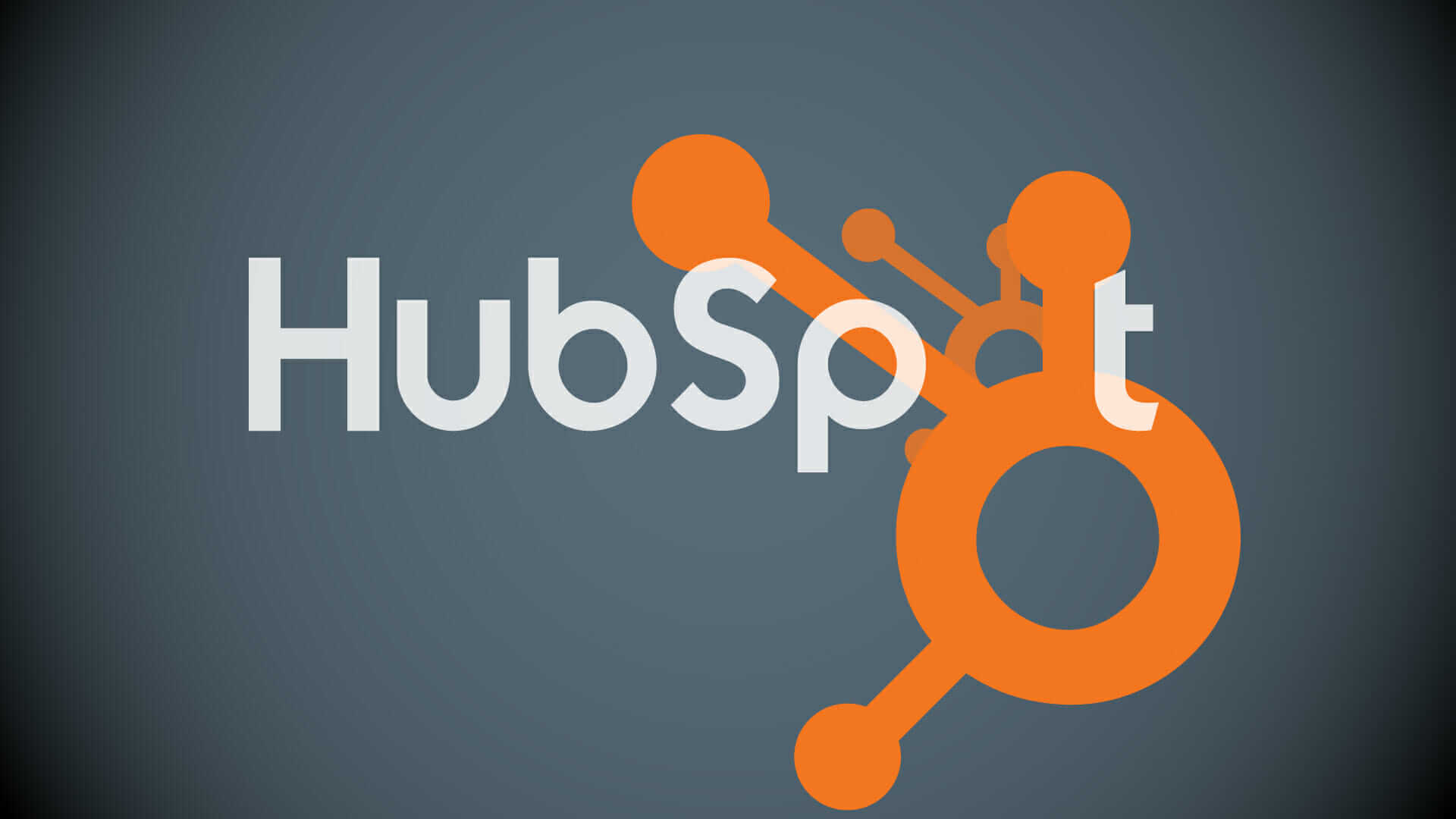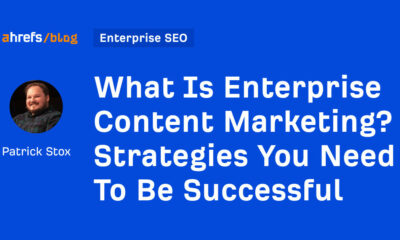HubSpot rolls out new product features almost every day, and some of the most exciting updates from the past month include:
- Playbooks, call transcription and call coaching are now available in the Professional level of Sales and Service Hub.
- Records imported from Salesforce to HubSpot can now be filtered using the native integration.
- Social media creation and scheduling tools received efficiency improvements.
- Payment links can now be associated with a meeting scheduling page.
- Line items in Quotes and Deals now support fractional quantities.
- Commenting features are improved inside Forms and Campaigns.
Greater access to Playbooks and call transcription and coaching
Enterprise-level HubSpot customers have enjoyed using Playbooks, call transcription and call coaching features, and now Professional-level HubSpot users can benefit from these powerful tools.
Playbooks are interactive content cards found in deal, contact, company and ticket records that guide users and can help create standardized notes during calls.
Professional-level users can create up to five Playbooks. Enterprise users can create 5,000 playbooks. Professional-level Playbooks cannot add embedded properties, so the only option is to use an open text field for the answers. At the same time, Enterprise users can create a set of custom answer options or save answers to a property.
Call Transcription and Coaching are features related to the hot topic of Conversational Intelligence. At the Professional level, HubSpot allows for 750 hours a month of transcription, compared to 1,500 hours a month on Enterprise. The Professional level does not have tracked terms, which in Enterprise is the ability to report on metrics related to specific keywords mentioned in the call.
Why we care: In their quest to be the CRM platform for scaling businesses, Hubspot first added value to its Enterprise-level tools to eliminate the myth that when companies grow over a specific size, they need to switch to a different platform. We’re now seeing limited versions of Enterprise features appear at the Professional level, for companies earlier in the scaling journey. This brings hope for seeing even more highly-requested Enterprise features in the Professional level in the future, which will help smaller budget customers achieve a similar efficiency and usability as customers with a budget for the Enterprise tools.
Customers often uplevel to Enterprise for one feature, so this limited access lets Professional level users try before they buy, and build processes around the features before jumping into Enterprise when they scale further.
Allowing Professional level users access to sales enablement and conversational intelligence tools helps HubSpot compete with other software in this growing space. This move indicates that it may soon be possible to reduce the need for additional third-party tools, slimming down the tech stack complexity and budget.
Get the daily newsletter digital marketers rely on.
With predictions of tech company layoffs, reducing budgets may be a top priority. Eliminating the need to upgrade to Enterprise immediately while still accessing versions of these powerful tools as they scale could help save the budget to retain more jobs.
In addition to the big-picture benefits of bringing Enterprise features to Pro levels, these particular features help HubSot users close more deals in less time, improve their sales process more efficiently, spend less time on data entry, and ramp up new team members faster.
Improved data filtering options in the HubSpot Salesforce integration
When using HubSpot’s Salesforce integration to bring Salesforce data into HubSpot, you can now use two new filters to make sure they are not importing irrelevant, duplicate, or otherwise unnecessary data. Previously, all historic data would be imported or synced for the chosen objects.
The two filters are:
- Create date. For example, only importing records created on March 1, 2022 or later.
- Update date. For example, only importing records that have been modified in the past month.

Why we care: Adam Stahl, HubSpot strategist at Remotish, said, “The ability to use filters in HubSpot’s Salesforce integration is an update that may seem small but is mighty. There are many reasons why you may not want to pull in all historical data for each object you’re bringing over. For example, a company may have been using Salesforce for a decade but recently added HubSpot to their tech stack. If Salesforce remains their primary CRM, they may not want to import every lead and every one of their up-to-decade-old interactions. Most importantly, in that scenario, they now have an easy way to follow through on that decision right in the integration.”
This update saves time cleaning the irrelevant and/or duplicate data out of HubSpot compared to when you had less control over what data came over from Salesforce. You can now rely on more accurate data in HubSpot and have more time to concentrate on higher-level work.
HubSpot’s social media publishing tools for creating posts now have a full-screen experience instead of only using the right-side sidebar.
Old experience:

New experience:

Other improvements include:
- Choosing all accounts in one step instead of choosing each network and then choosing each social media account to post.
- Editing drafts of each post most quickly.
- Easily tailoring the messaging and media for different audiences.
- Removing the additional step for previewing.
- Reviewing all posts at the same time on the Review screen.
If you don’t notice these options in your HubSpot portal yet, opt into the beta. When you’re inside the social tools, click on the teal button on the lower left side of your screen that says “Beta.”


You can watch this video for a walkthrough of the new features from HubSpot product manager, Jacqui Malis.
Why we care: The previous layout made it hard for users to know about or use any new or existing helpful features. These recent updates will save time when posting because it takes fewer clicks to create more posts and prevents errors since the review functionality is better. This update hints at the possibility that HubSpot will release future improvements to compete with the integrated third-party social media tools, which could reduce the marketing tech stack and tools budget.
Collect payments from meetings scheduling page
This beta allows HubSpot users to associate a payment link with their meeting scheduling page. Previously, several workarounds and steps were required to have a customer pay for a meeting using HubSpot.

Why we care: This is a simple and easy way to get paid for meeting time, especially for people who already use HubSpot meeting links in their processes. It also makes it easier for HubSpot users with less technical expertise to quickly start collecting payments for their time in meetings.
For a specific example of how this improves processes, at Remotish we have one-off consulting calls available to purchase on our website. Still, we had a two-step process of collecting payment first and then redirecting the success page to a calendar link to schedule their meeting. This new beta could cut that process down to one step and more easily associate the data about which meeting was paid, allowing customers to feel more in control by choosing a time and date before paying.
Another important benefit is previously, once a customer had access to a meeting link, nothing prevented them from booking another session without paying first. This new update prevents that issue, eliminating any awkward follow-up communication to collect payment.
Line items now support fractional quantities
Deals and Quotes now allow fractional values, such as 1.33 or 2.275, in the “quantity” field inside Line Items. The quantity field now has up to seven decimal points to precisely sell a partial quantity, such as 2.75 hours of consulting. It is available to all levels and all users.

Why we care: This is an anticipated update, evident by this HubSpot Community post from 2020, with 161 upvotes and 67 replies. Previously, if you wanted to sell a partial amount of a line item, it would increase the number of Products or custom line items. Users were forced to break up the item into the smallest amount possible and add multiple quantities on the quote or deal, or users needed duplicate Products in different quantities.
This workaround created a mess inside Line Items and Products, leading to more time in data entry, more errors and more issues when integrating accounting systems such as Quickbooks. If you sense a common theme to these releases, this update also saves time, keeps the data cleaner and reduces potential errors, which saves the company money.
This public beta allows users to comment on various parts of the screen inside Campaigns and Forms in Marketing Hub, using a crosshairs tool to select items to comment on. Previously, comments were limited and somewhat hidden in the tiny commenting sidebar. Now, you can select certain properties or options inside of forms and campaigns and have a threaded conversation where you can tag another HubSpot user to discuss ideas. This feature has existed in Workflows and is expanding to other tools.

Why we care: As users become accustomed to commenting abilities in other tools such as Google Docs, they expect similar features across all tools. Remote work also requires improvements such as this for asynchronous collaboration. Providing clearer direction to team members will save time commenting back and forth to identify the specific items being discussed. The ability to highlight or pinpoint a certain part of the page will help teams to finish campaigns and form creation or edits more quickly and accurately.
The improved commenting features could also start important discussions amongst the team, which Kyle Jepson, senior inbound sales professor at HubSpot, said in a LinkedIn video. He mentioned some of the comments could ask:
- Should we turn this option on?
- Who should receive this form?
- Do we want these to be marketing contacts?
- Can we discuss revenue attribution for this campaign?
He said the email composer tool would be the next Marketing Hub tool to receive this commenting upgrade. That will be exceptionally helpful to ask questions while editing another user’s email and helpful for the email content creator to get their own questions conveniently answered inside the email draft.
All the updates, all the time
If you are a HubSpot user, you can find a complete list of recent updates by clicking on your profile picture, Product Updates, and filtering for the last 30 days, past three months or past year.
HubSpot also describes select new features and shows roadmaps of future items in development on its website, and the HubSpot Community has a releases and updates section.
I also recommend following HubSpot Academy Senior Inbound Sales professor Kyle Jepson on Linkedin or Twitter. Search for #HubSpotTipsAndTricks.
Opinions expressed in this article are those of the guest author and not necessarily MarTech. Staff authors are listed here.


































You must be logged in to post a comment Login